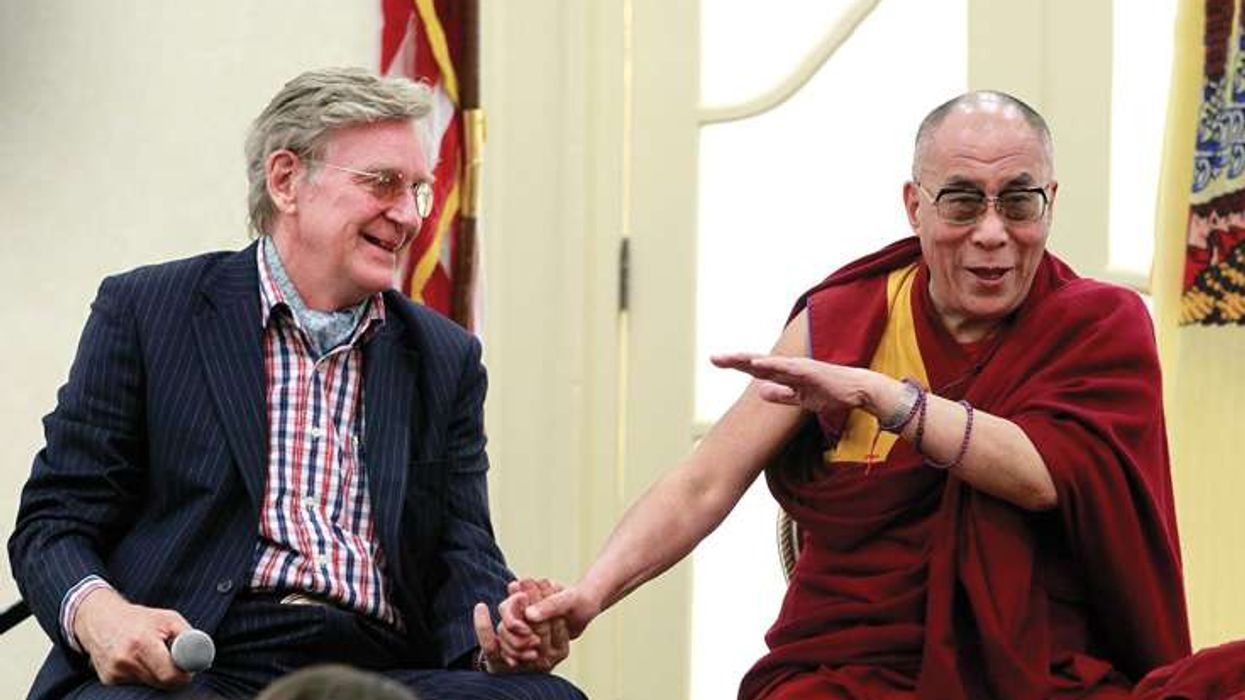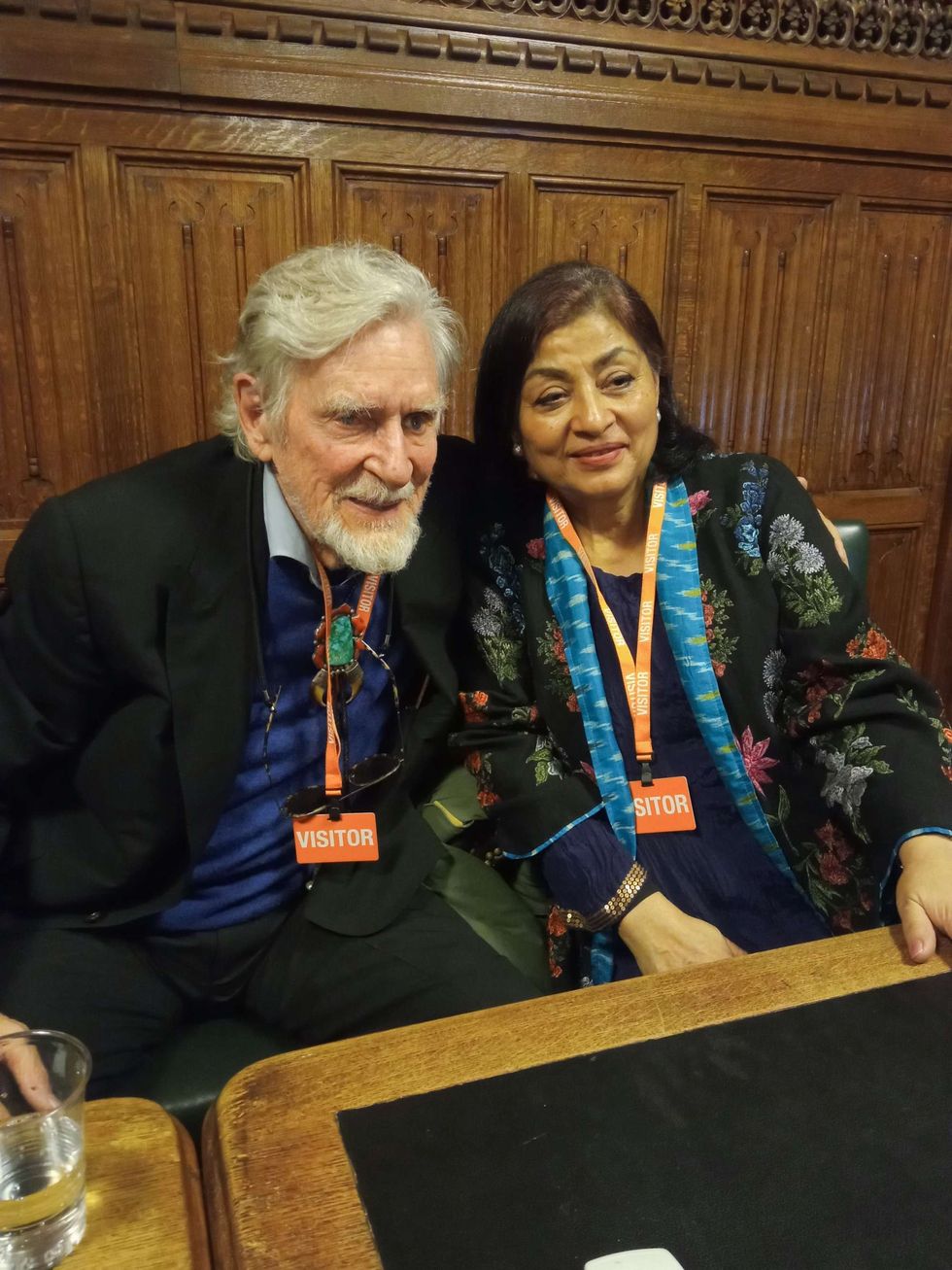By Amit Roy
AS GUEST editor of the September issue of British Vogue, the Duchess of Sussex has picked the 15 women she admires to be placed in neat little boxes on the cover.
Among them are actress Jane Fonda and climate change campaigner Greta Thunberg.
The others include prime minister of New Zealand Jacinda Ardern; actresses Salma Hayek Pinault, Laverne Cox, Jameela Jamil (inset right), Yara Shahidi and Gemma Chan; and models Christy Turlington Burns, Adwoa Aboah, and Adut Akech.
Boxer Ramla Ali, diversity advocate Sinead Burke, Royal Ballet principal dancer Francesca Hayward and author Chimamanda Ngozi Adichie complete the 15 women ushering in change.
Priyanka Chopra Jonas, who has been trading on her alleged closeness to the erstwhile Meghan Markle, is not on the list.
The Duchess said in a statement: “These last seven months have been a rewarding process, curating and collaborating with Edward Enninful, British Vogue’s editor-in-chief, to take the year’s most-read fashion issue and steer its focus to the values, causes and people making an impact in the world today.
“Through this lens, I hope you’ll feel the strength of the collective in the diverse selection of women chosen for the cover, as well as the team of support I called upon within the issue to help bring this to light.”
Enninful, who himself made history as the first black person to be an editor of the UK edition of Vogue, commented: “To have the country’s most influential beacon of change guest edit British Vogue has been an honour, a pleasure and a wonderful surprise.”
As an editor, Enninful has given plenty of space to black models and personalities, rightly making up for decades of neglect. However, he appears so far to have shown little interest in Asians.
Incidentally, not everyone is impressed with the September cover, which is worthy enough but a bit of a hotchpotch.
The Daily Mail said that “rarely has collaboration been so ‘woke’ – a political term for being socially aware over issues such as race and sexual equality”.
Ironically, the 15 women could be said to represent a limited Anglo-American and black view of the world that might be obtained from flicking through the pictures in, say, the Daily Mail.





 Robert Thurman and Lady Mohini Kent Noon
Robert Thurman and Lady Mohini Kent Noon 







Meghan’s women in Vogue